

ENVIRONMENT DAY 2024

June 5th is World Environment Day. This year’s theme is land restoration, desertification and drought resistance.
Many of the countries where TSF works regularly suffer from problems linked to climate change. To mark the day, we asked people living in the countries where we operate to lend their voice to the fight against climate change by sharing their personal experiences with us. Find out more.

I remember that when I was in my third year of study (agricultural engineering), the agricultural practice teacher had the idea of carrying out a reforestation project in an area close to the new faculty building.
At the time, the theme of ecology was fashionable, but it wasn’t given much priority or importance, so when the activity was carried out, many of us did it reluctantly, as if we were obliged to conform to the subject, in addition to the fact that each student had to dig three holes measuring around 40 x 40 cm and 60 cm deep, to break up the compaction of the soil. The task was tiring because we didn’t have enough tools and the morning was very hot, so the activity was carried out amidst jokes and laughter, but when the seedlings arrived and they started to distribute them, I remember that the situation changed, we all wanted the best and most beautiful seedling to show off.
Recently, we’ve been able to get in touch with some of our university mates and we’ve started exchanging memories and photos. A colleague, who is now a lecturer at the university, sent me a photo of a side view of one of the faculty buildings where the plant biotechnology laboratory was located, where we had carried out our academic placements in preparation for our theses. The image was far from the memory I had of this place, more than 20 years had passed and this meadow had been transformed into a magnificent grove of trees. I thought it was the trees that we had planted on that academic day, that had grown and transformed this landscape, I asked my colleague if it was true what I thought, she said yes, the truth was something comforting that filled me with joy, to think that maybe one of the trees that I had to plant is part of this beautiful postcard.
I hope that one day I’ll be able to visit my university to remember my years of study and also to be able to look closely at these trees, thinking of the ones I planted.
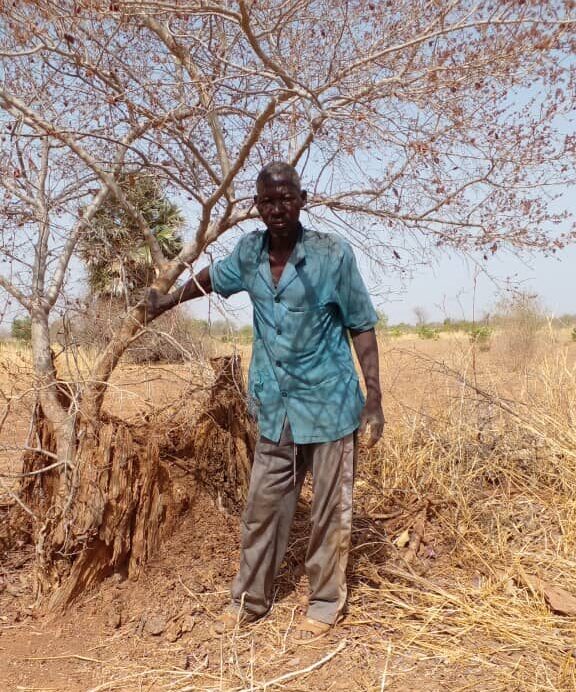
What we had under our arms before, we have to move to get it!
I remember when we were young and single, the traditional healers in our villages had access to medicinal plants just around the village or 200 metres away at the most. The women also found trees like shea, néré, rônier and other important trees close to the village where they could pick the fruit and transform it into oil, soap and other consumer products. But now you have to travel dozens or even hundreds of kilometres to find some of these species, and others have completely disappeared from our area. They are often replaced by shrubs that are common on the edge of the Sahara, in the Sahel. We are deeply concerned by these changes and feel powerless to resolve them.
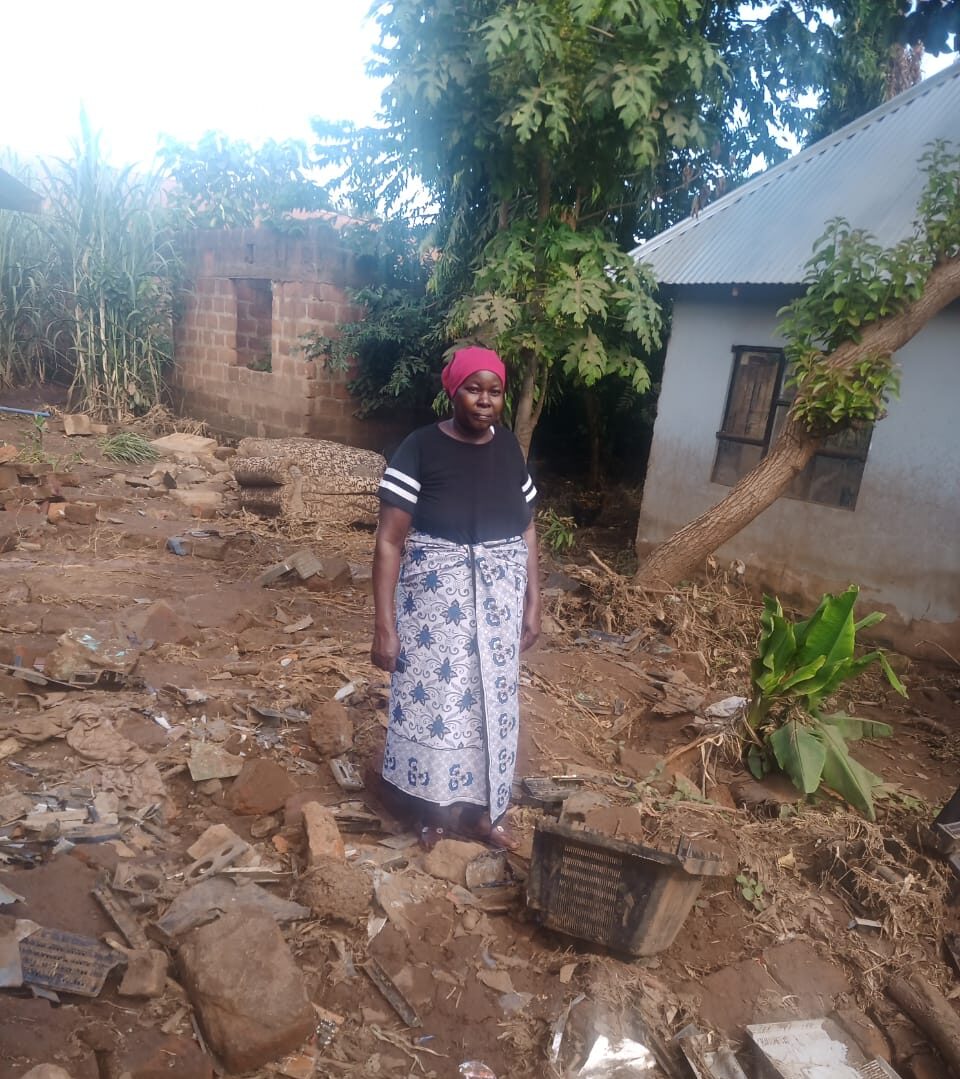
My name is Mwanahawa, and this is where my family and I lived until last week, when we were hit by a flood. It was around 4 o’clock in the morning that we found ourselves flooded, not knowing what had happened or how to get out. Fortunately, the fire brigade rescue team had already arrived and helped us out of the house. As soon as we got out of the building, the house collapsed and the floods swept everything away. In the blink of an eye, my family became a family of beggars. I’m grateful to my neighbours who, despite being victims like me, were able to provide me with clothes and a place to lay my body while I thought about how and where to start.

Since I moved into my own house, my mother and I have been walking my dog on the banks of the Rivière des Prairies in Montreal. In winter, we’re used to walking him on the river, because it’s frozen over for several metres and the layer of ice is solid enough for us to walk on it without worry. This year, Quebec has experienced a winter with record warmth in the months that are usually the coldest. Because of climate change, the El Niño current is out of whack, and that’s affecting winter in Quebec. We haven’t had snow or temperatures below 0 degrees on a regular basis, as we do every year. This is the first winter we haven’t been able to walk my dog on the ice by the river because it never froze.
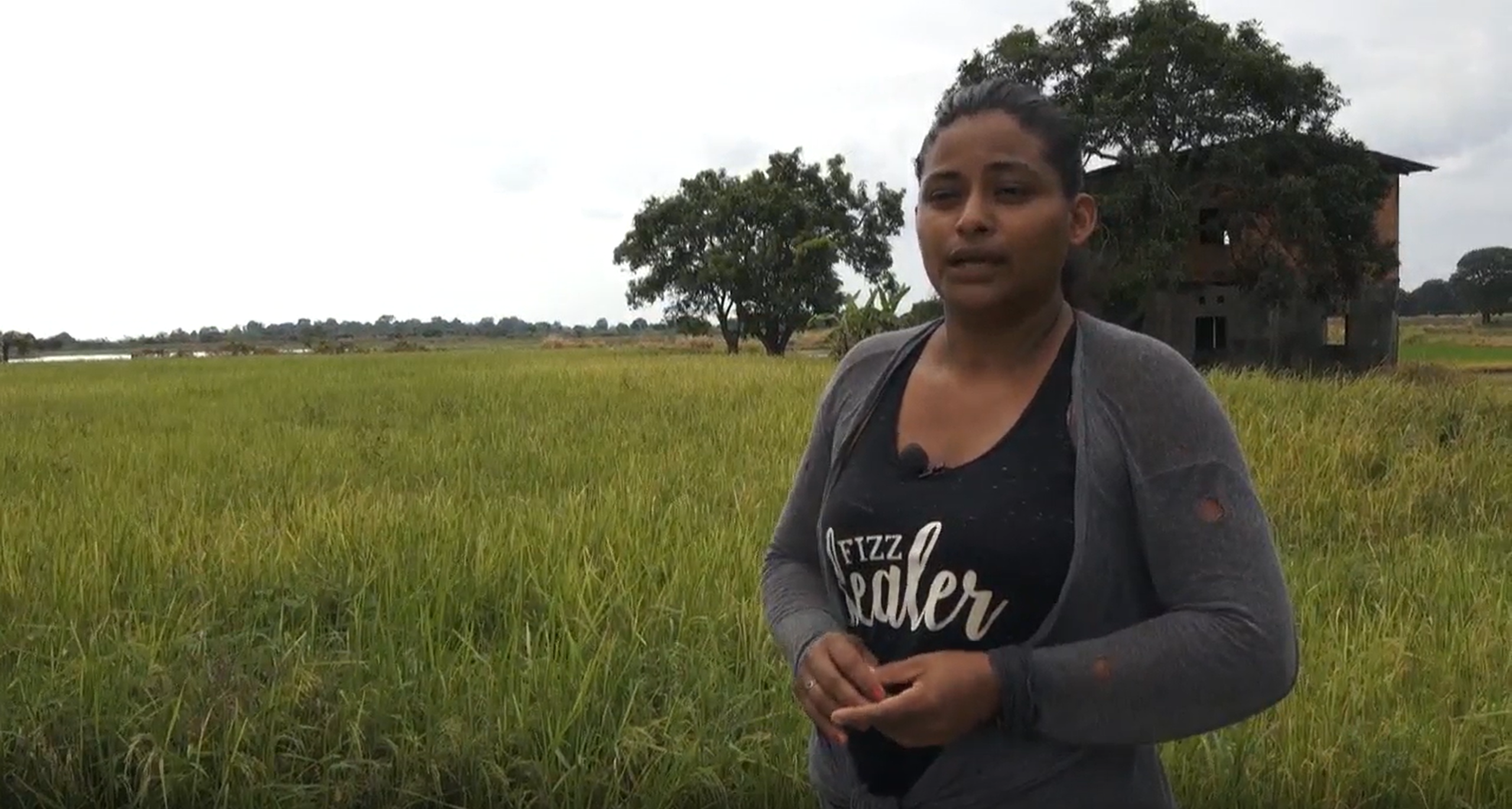
I’m a farmer born in the countryside and I continue to work here, and so far I don’t regret the countryside in which I live.
Today we are experiencing deforestation. Every day we are losing large trees, our lungs as they say, by growing nothing but monocultures, planting nothing but rice or maize. Even soya is nowhere to be found, and if it is, it’s with GMOs that are harmful to our health.
If we carry on like this, we won’t be leaving our children a future. We’ll be leaving only chemical children, as they say. Children who will not produce nature.
In the past, there were more mango trees, chickpeas, gooseberries and pink pumas, but they were lost due to the lack of large trees on the banks of the clearings, which took the place of agricultural production.
We all need trees, and if we continue to cut them down, we won’t even have a piece of fruit to enjoy here in the countryside, let alone in the towns.
We need to be aware of the need to conserve trees, especially fruit trees, so that we can meet the needs of both the countryside and the towns.
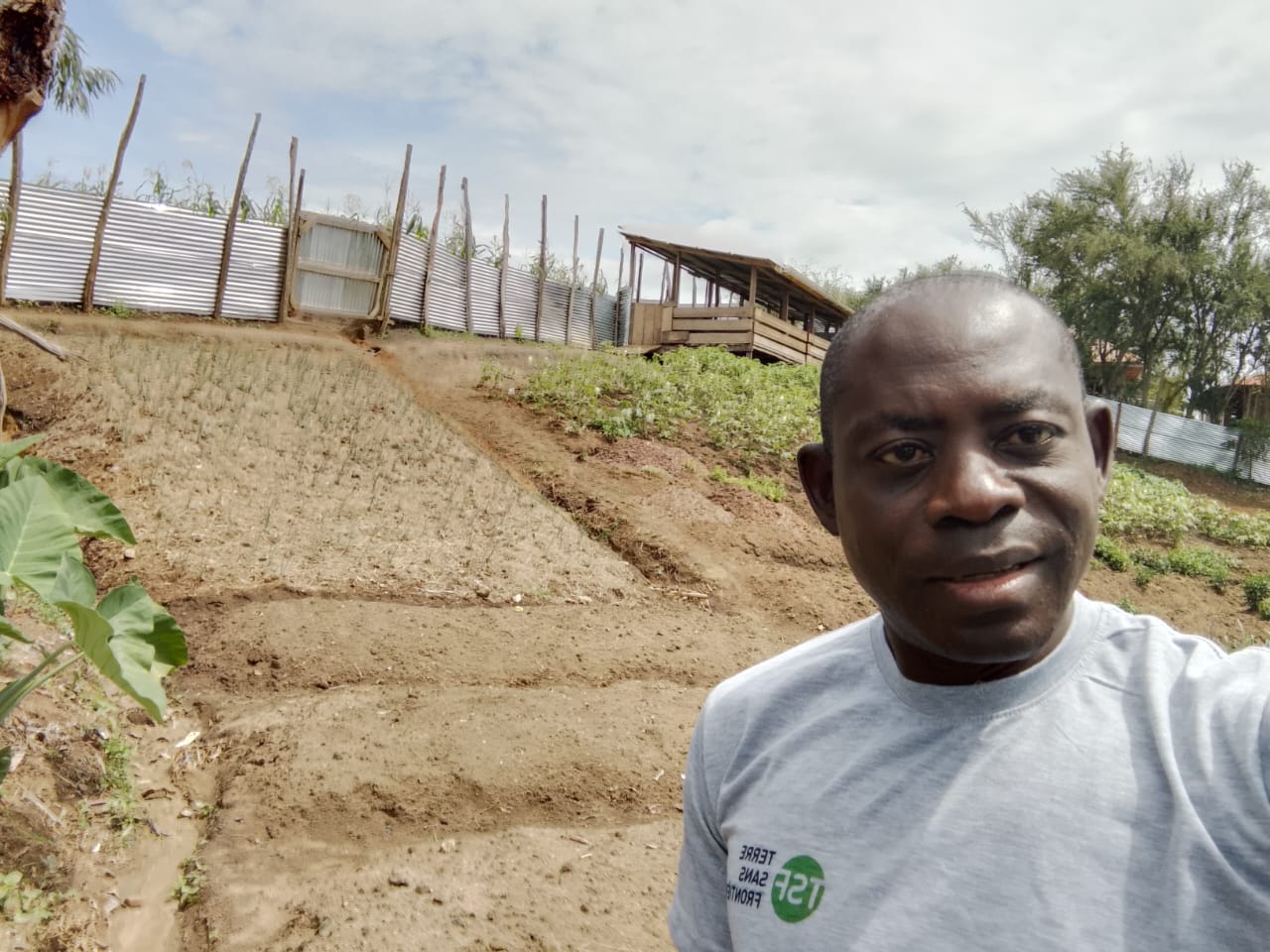
The climate is becoming ‘intractable’, and we can’t make much sense of it.
My team and I are training displaced people from the Kigonze site in local agriculture in Bunia/RD Congo. In the 1st growing season (September-December 2023), the trainees planted cabbages and tomatoes. However, heavy rain fell unexpectedly at a time when a drought was expected. As a result, the crops were affected at the ripening stage.
In the next growing season (March-June 2024), which begins with the return of the rains after the drought of December to February, the second group of learners planted maize and soya. After a few rains, a severe drought returned from March to mid-April 2024. As a result, the growing plants turned yellow and dried out, making them more susceptible to insect attack.
We came up with a few alternatives:
Because the garden is on a slope and run-off channels were dug at the start, there was a slight reduction in the amount of run-off water around the cabbage and tomato plants. As a result, the harvest was more or less rushed to avoid a total loss.
The combination of maize and soya helped to conserve a little moisture; soya is a hardy crop that also brings nitrogen to the soil. It also acts as a cover crop for the maize plants. The rains returned in mid-April and the plants are currently growing well.
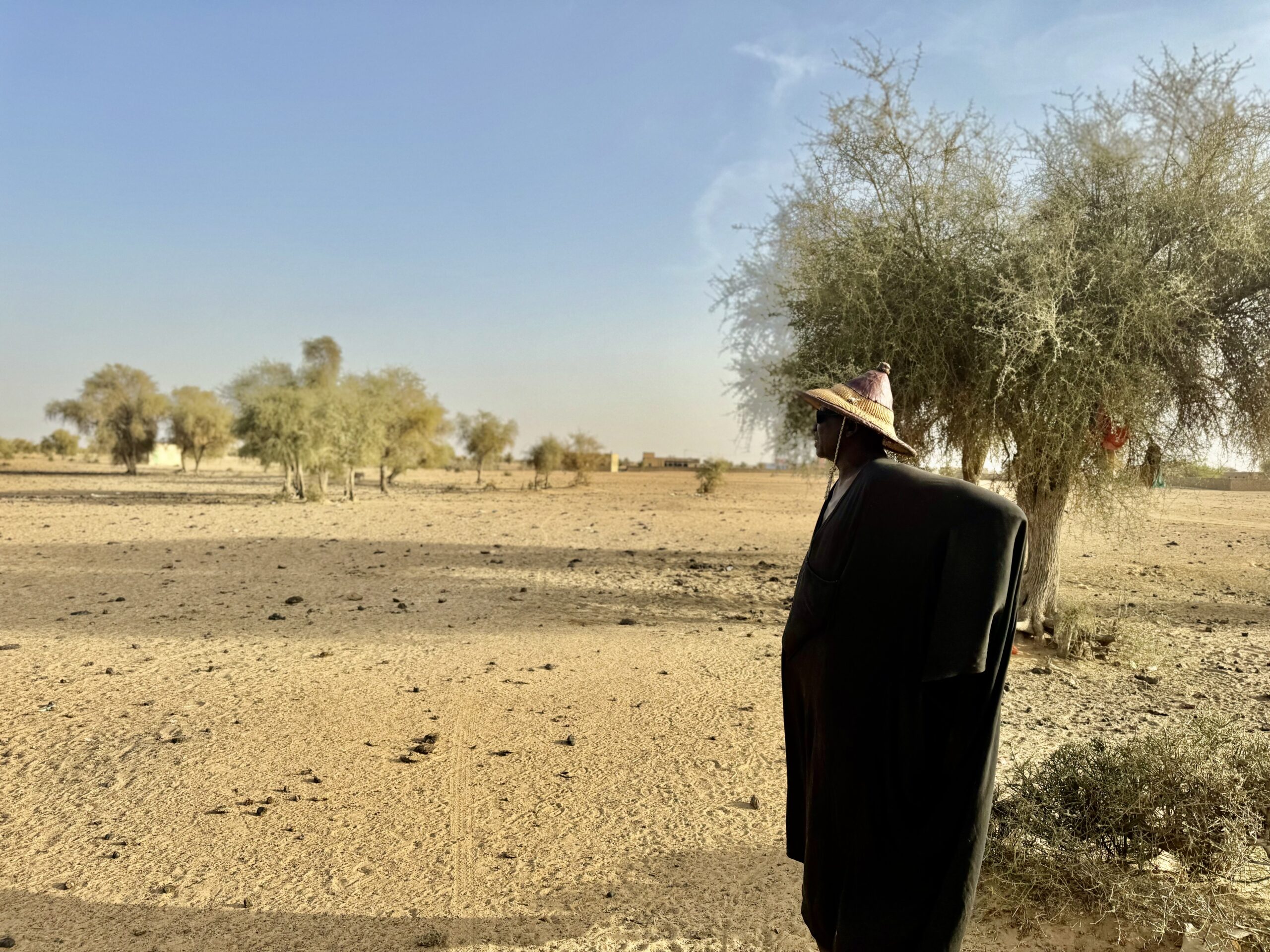
In our locality, there was a majestic lake, or rather lakes themselves. A source of life for the community and a haven for wildlife. But over the years, global warming began to wreak havoc. Temperatures rose, rainfall fell, and the lakes slowly began to dry up. At first, the locals hoped that this would only be a passing phase, but alas, the lakes have continued to shrink in size year after year.
In the past, most lakes, especially the larger ones, lasted until the new rainy season. In recent years, they have dried up just a few weeks after the rains.
The disappearance of the lakes has had an impact on the daily lives of the villagers. They used to be meeting places, where people would come together to swim, wash clothes and drink water. The disappearance of the lakes is much more than a physical loss. It is a symbol of the devastating impact of global warming on our environment and our lives. It is a poignant reminder of the urgent need to act to preserve our planet and all the wonders it harbours.
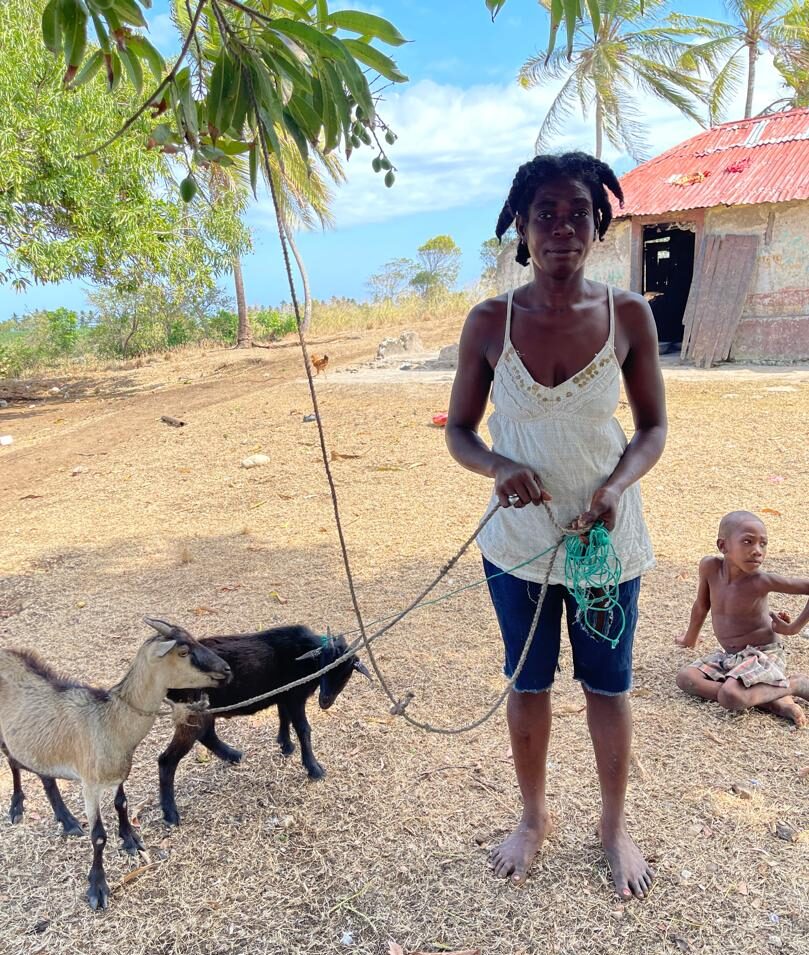
A goat to restore hope
Marie-Erlande Virgil, Haitian mom
I’m Marie-Erlande Virgil, mother of 6 children, and I live in the Nan Figuier area of Ile-a-Vache, where fishing is our main source of income.
My family and I are constantly struggling to make ends meet. We struggle to feed our children and meet our most basic needs. When I was chosen to benefit from a goat as part of the project, it was a real turning point, despite our critical situation. This goat is much more than just an animal for us; it is a source of hope and additional income, as we will now be able to sell the kids, which will improve our financial situation.
I’d like to say a big thank you to those who thought of giving us this goat to help us through life. I can say with certainty that right now I’m getting back on track. I used to be a trader and I could easily sell the fish my husband caught either in Les Cayes or in the capital. So I could somehow meet my family’s needs, but since the birth of my last child things have become extremely difficult. But today I have hope, and I can’t thank TSF enough for enabling us to keep fighting, even when life gets harder and harder.
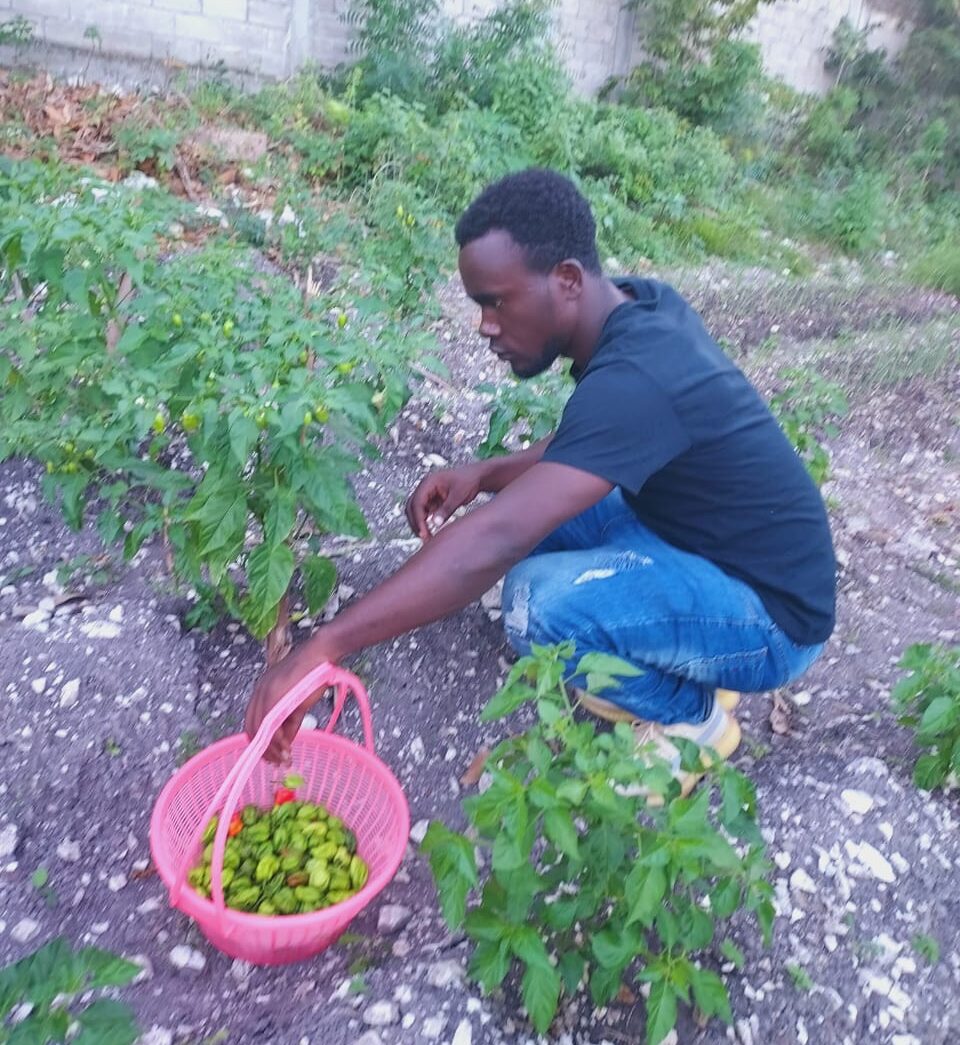
Committing to sustainable agriculture
Frito Jocelin, agronomist with TSF
I’m a facilitator for the Agroecology project set up by TSF in partnership with MRIF on the Ile vache, under the theme ‘Committing to responsible and sustainable agriculture’.
This training is really essential because many farmers are still using conventional farming methods that are harmful to the environment. My aim is to show them that it is possible to farm in a way that is more respectful of nature, while also being more profitable.
During these training courses, I first present the basic principles of agro-ecology. I explained to the farmers the importance of preserving biodiversity, conserving the soil and using natural fertilisers. I also showed them how to implement techniques such as crop rotation, plant associations and the use of compost. We then set up several experimental gardens, including a living model on the site of our partner, the Sisters of Saint-François d’assise, with mass production of foodstuffs to make the site self-sufficient, with no outside purchases.
The aim of these training courses is not only to inform farmers, but also to encourage them to change their practices. That’s why I often go out into the field to meet farmers and help them implement these new methods. I often met with reluctance at first. Some farmers were sceptical and felt that traditional methods were the most effective. However, thanks to concrete demonstrations and visible results, many eventually changed their minds and embraced agro-ecology. The results are encouraging. Farmers who adopt these practices see their yields increase, while reducing their dependence on chemical products and preserving their natural resources. They are also able to differentiate themselves on the market by offering better quality products.
However, there is still a lot of work to be done. Attitudes are changing slowly and it is sometimes difficult to convince farmers to change their habits. That’s why I’m determined to continue my work, because I’m convinced that agro-ecology is a sustainable solution for tomorrow’s agriculture.
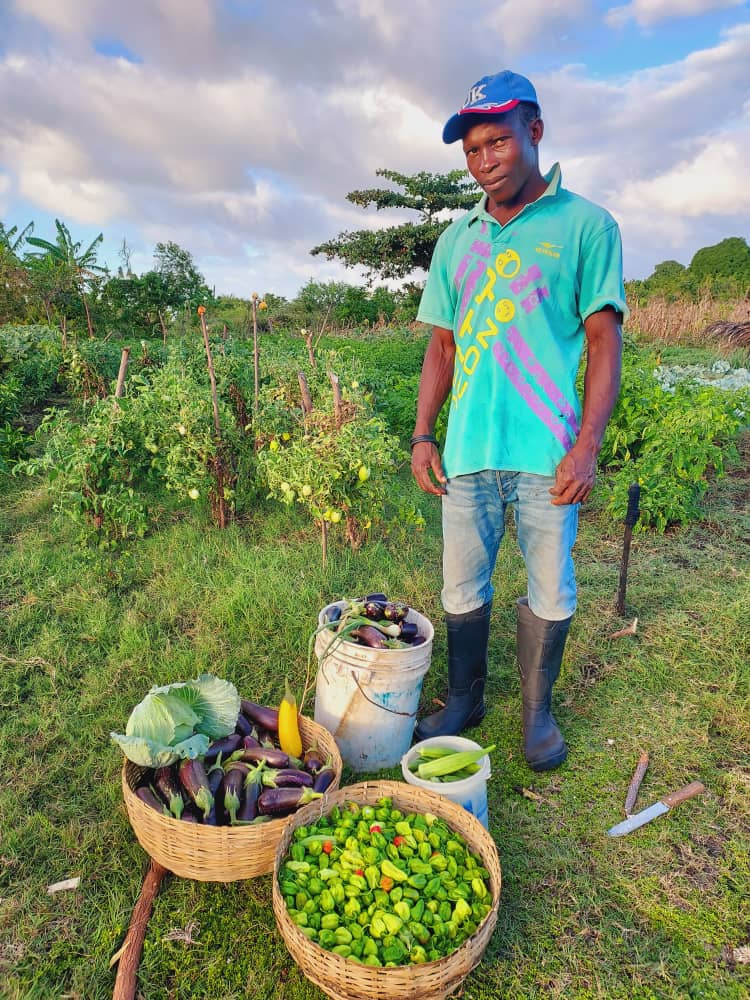
Learning to work with nature
Exantus Emmanuel, Haitian farmer
Before receiving the training sessions, I struggled with the usual challenges of conventional farming: impoverished soils and unstable yields. However, since I started putting the principles of agro-ecology into practice, my vision of farming has changed completely. I’ve learnt to work with nature rather than against it, favouring techniques such as crop rotation, composting and the use of natural fertilisers. Thanks to these methods, I’ve seen a significant improvement in the health of my soils and the vigour of my crops. Not only have my yields increased, but I’ve also cut my production costs by reducing my dependence on chemical inputs.
What’s more, agro-ecology has enabled me to reconnect with my environment and rediscover a deep connection with the land. I’ve become more aware of natural cycles and the importance of preserving biodiversity. This approach has also enabled me to create solid partnerships with other farmers and help revitalise my rural community. Today, I’m convinced, as agronomist Joslin always says, that agro-ecology offers a sustainable way forward for agriculture. It combines economic efficiency, respect for the environment and social well-being. I’m grateful to have had the opportunity to take part in this project and I’m determined to continue promoting these practices among my peers.
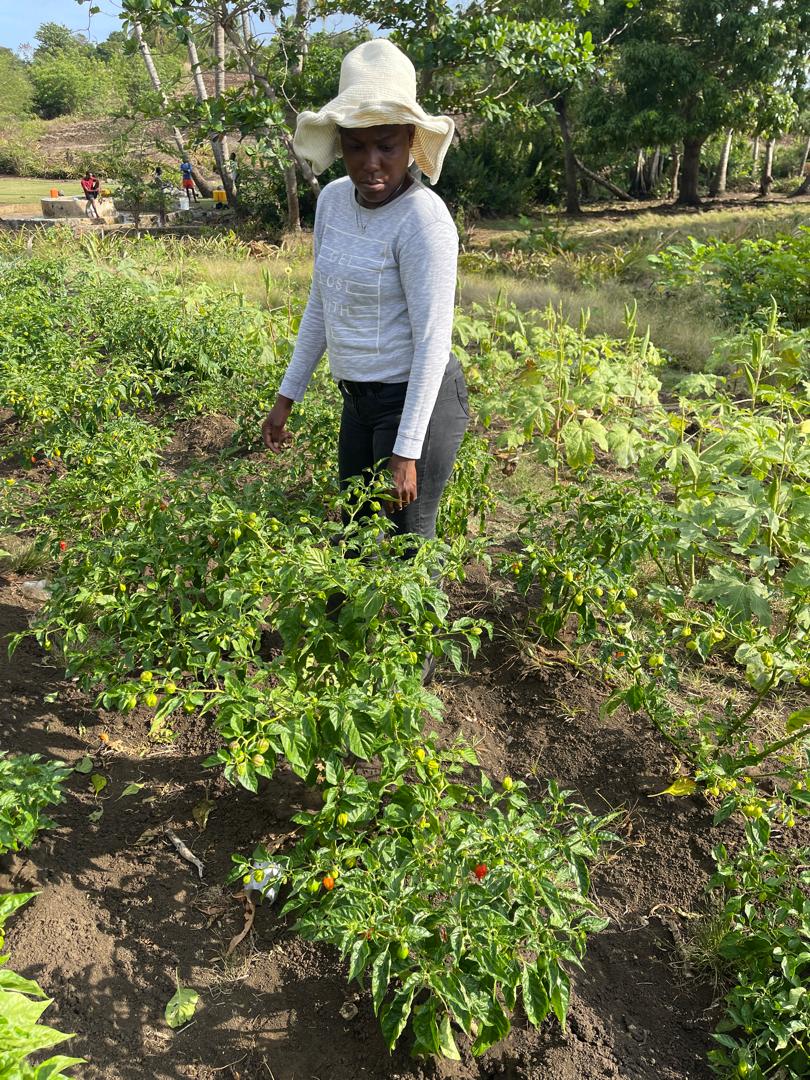
Boosting agriculture and self-confidence
Arestil Judlande, beneficiary of the agro-ecology project on Île à Vache
I would like to take this opportunity to express my deep gratitude for the invaluable training sessions and seeds provided as part of the project. Thanks to these essential resources, I was able not only to implement, but also to successfully establish a diversified growing garden, including market garden plantations such as peppers, chillies and many others. This enriching experience has not only enabled me to acquire new skills in agro-ecological farming, but has also boosted my confidence in my ability to grow food in a sustainable and environmentally-friendly way. I am deeply grateful to the whole project team for their continued support and commitment to our collective success.
I would like to extend my sincere congratulations and encouragement to the donors and investors who have generously contributed to the development of our island through the activities of this project. I urge them to continue their commitment to our island, by investing further in initiatives aimed at improving the quality of life of its inhabitants. Their continued contribution is essential to catalysing change and enabling our island to prosper economically, socially and environmentally. I am convinced that their generosity and vision will help shape a better future for all residents of our beautiful island.